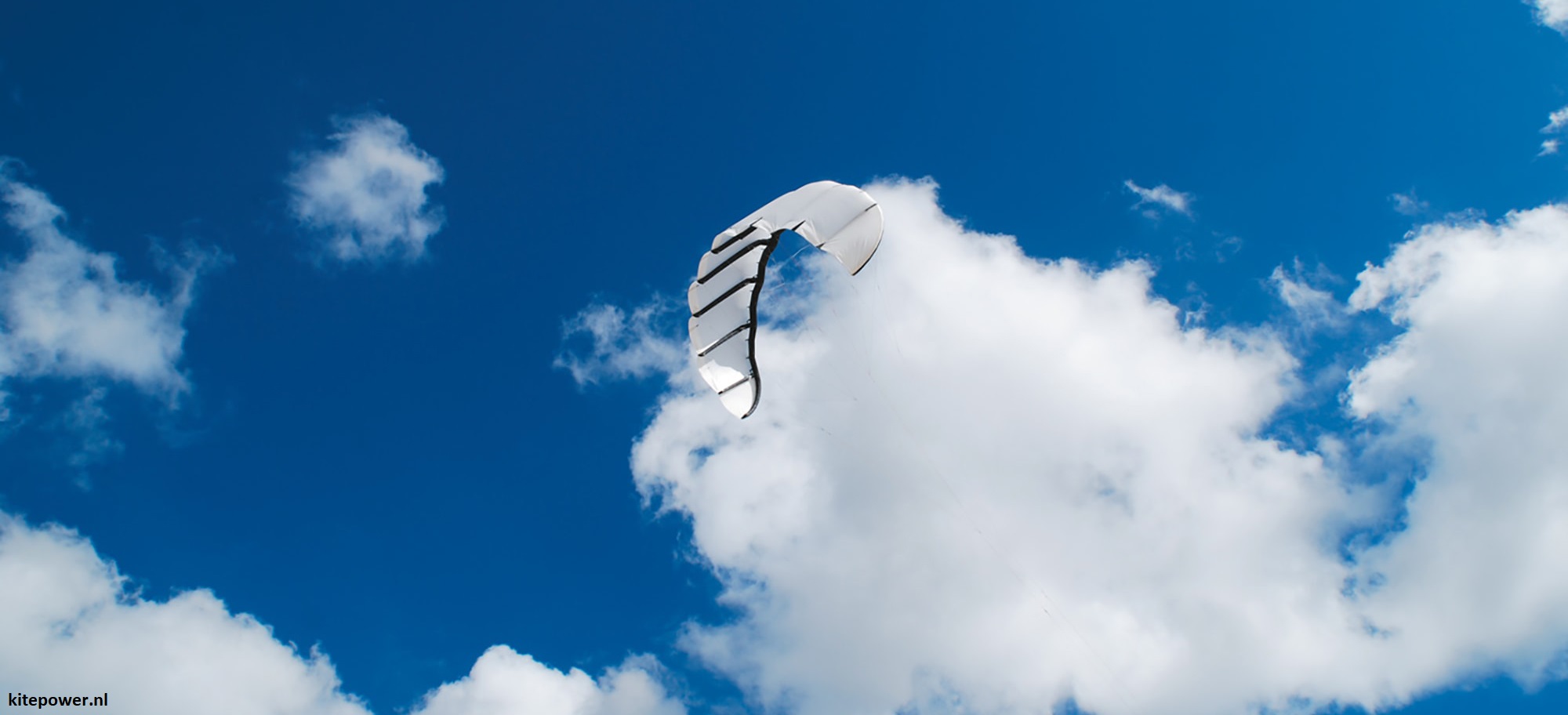Energy from renewable sources wind and sun replaces dirty coal and scaring nuclear power plants. To make this vision more and more real, the volatility, the fluctuation of natural energy resources, has to be dampened. Clever power production is cheaper than storing electricity, which entails efficiency losses.

Wind
Vegetation and buildings slow down and swirl the wind, which “feels” the ground friction up to heights of about 100-200 meters. A conventional wind turbine, placed on a tower, works, as meteorologists describe it, inside the turbulent “planetary boundary layer” (PBL). Above the PBL, the wind blows stronger and more uniformly.
Obviously, it should be a good idea to harvest wind energy at greater heights: by using flying objects. Presently, the most promising technique goes like this: the rope of a stunt kite drives the winch on the ground as the kite ascends to heights of up to 1000 meters. A generator, connected to the winch, produces electricity. When the rope runs out and the kite is flying at maximum altitude, the generator becomes a motor that pulls the kite back to its initial altitude. From there, the process starts all over again.
Such systems, delivering up to several hundred kilowatts of power, do already exist. Their names are Kitepower (Netherlands), SkySails (Germany), TwingTec (Switzerland), etc. By now, there are about 60 projects worldwide exploring electricity-generating, flexible kites or trying rigid flying objects.
SkySails’ Artificial intelligence learns to steer the kite in a way, that it generates 10 to 20 times more power during the ascending phase than is needed to pull it back down. This will allow electricity to be produced for a competitive 5-8 cents/kWh. Kite systems need 90 % less resources in construction than wind turbines do, and, at the end of their life cycle, they are easier to recycle than steel, concrete and rotor blades made of fiber-glass reinforced plastic. In Klixbuell, close to Denmark, SkySails is now entering a 3-year trial operation to gain long-term experience.
Sun
Photovoltaic power generation depends, of course, on solar irradiance, and thus on clouds that shade solar plants. Solar power prediction means cloud prediction. And that's not easy, because cloud dynamics is, like wind dynamics, “chaotic”. Mathematicians say more precisely “non-linear”: sensitively dependent on the initial conditions of the equation system to be solved, i.e., regrettably hard to predict.
However, the better solar power forecasts are, the more unproblematic it is to down-regulate conventional power plants – while still ensuring electrical grid stability. Currently, the French company Reuniwatt is developing an AI that uses cloud images, or rather cloud movies, to forecast the regional irradiation for the next minutes and hours.
A network of cameras with fisheye lenses captures the clouds, each camera is covering the entire sky up to a distance of 10 km. Incidentally, Reuniwatt prefers German data for its development work, because cloud monitoring is comparatively close-meshed in Germany. AI is not only able to process large data sets, but it must do so in order to provide sufficient forecast quality.
Learn more about artificially-intelligent solar power forecasting in Reuniwatt's presentation “Deep Learning approaches for weather-dependent businesses” to be requested here. Or take local data from German Weather Service (DWD) or freely available global “GFS data” from US weather service NOAA, and become an (Energy-) Meteorologist: by making use of Artificial intelligence on an Industrial PC from Omtec.
